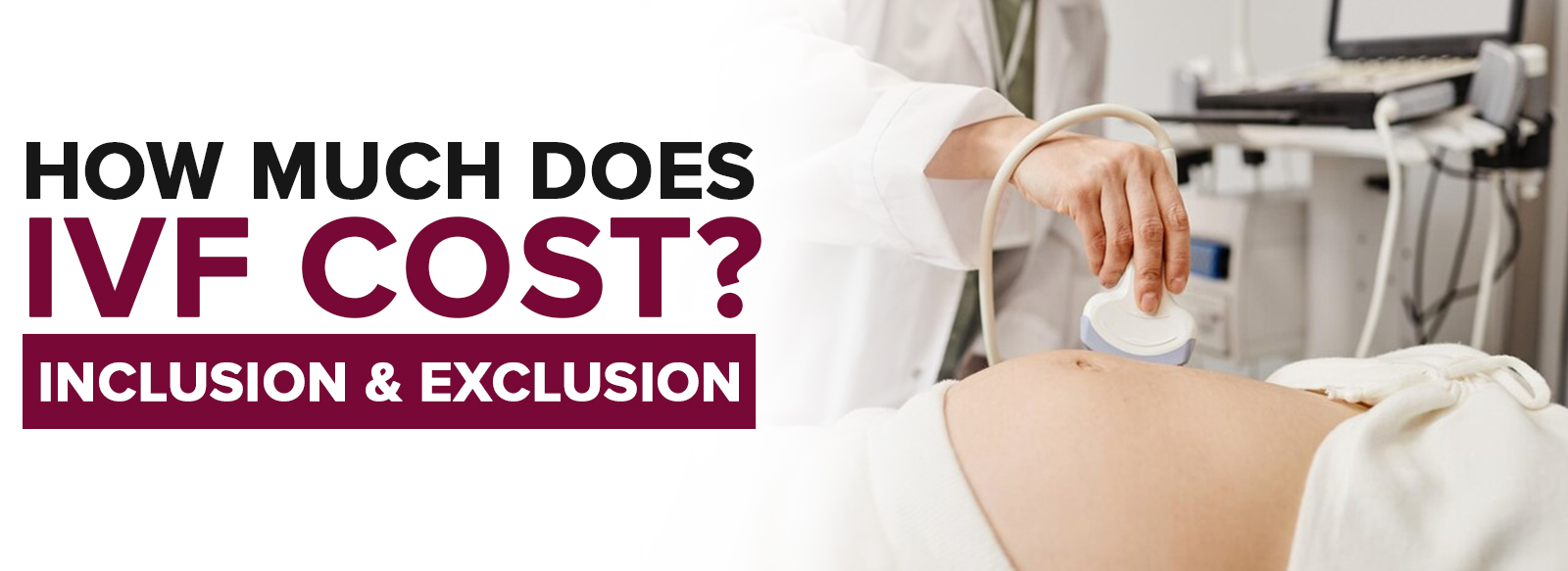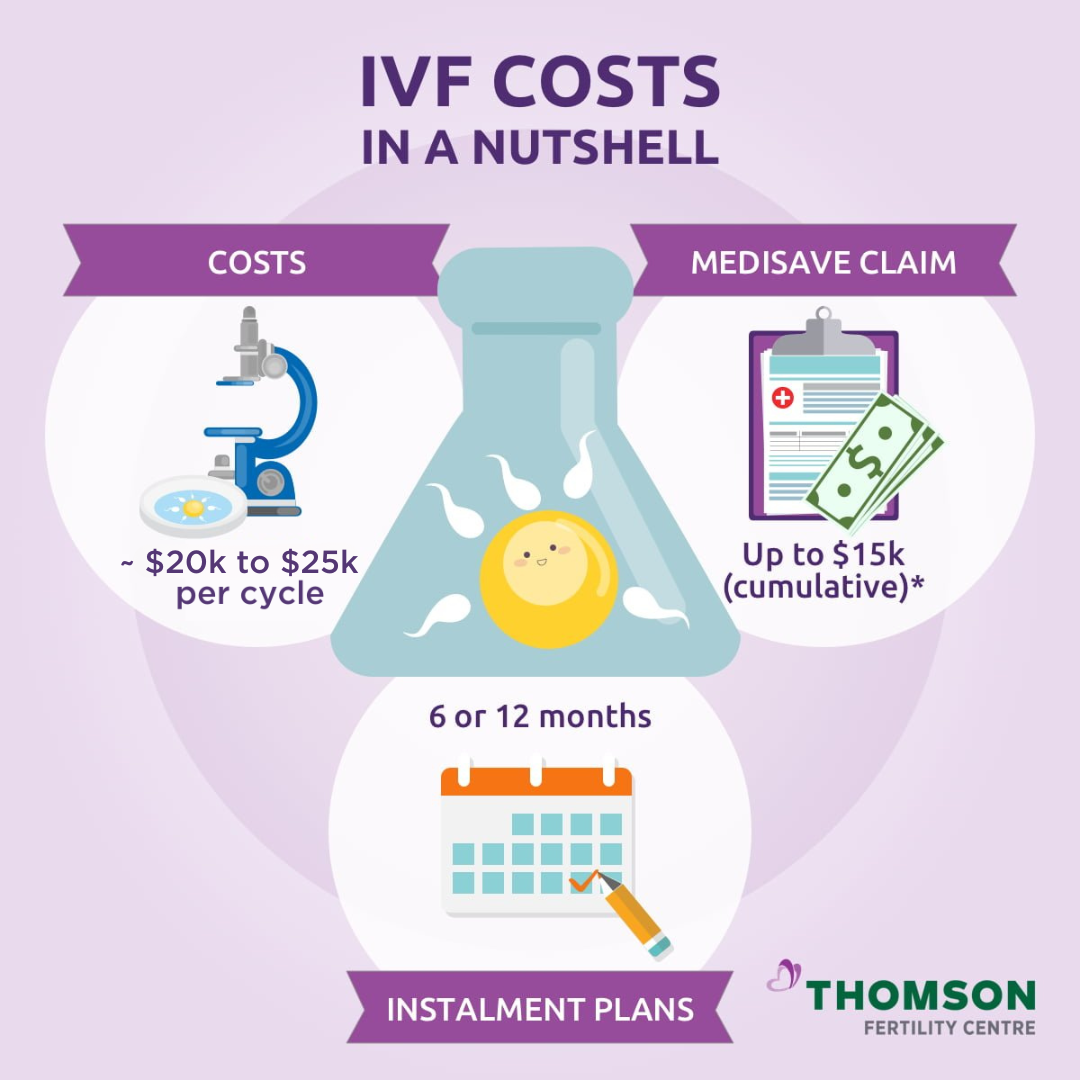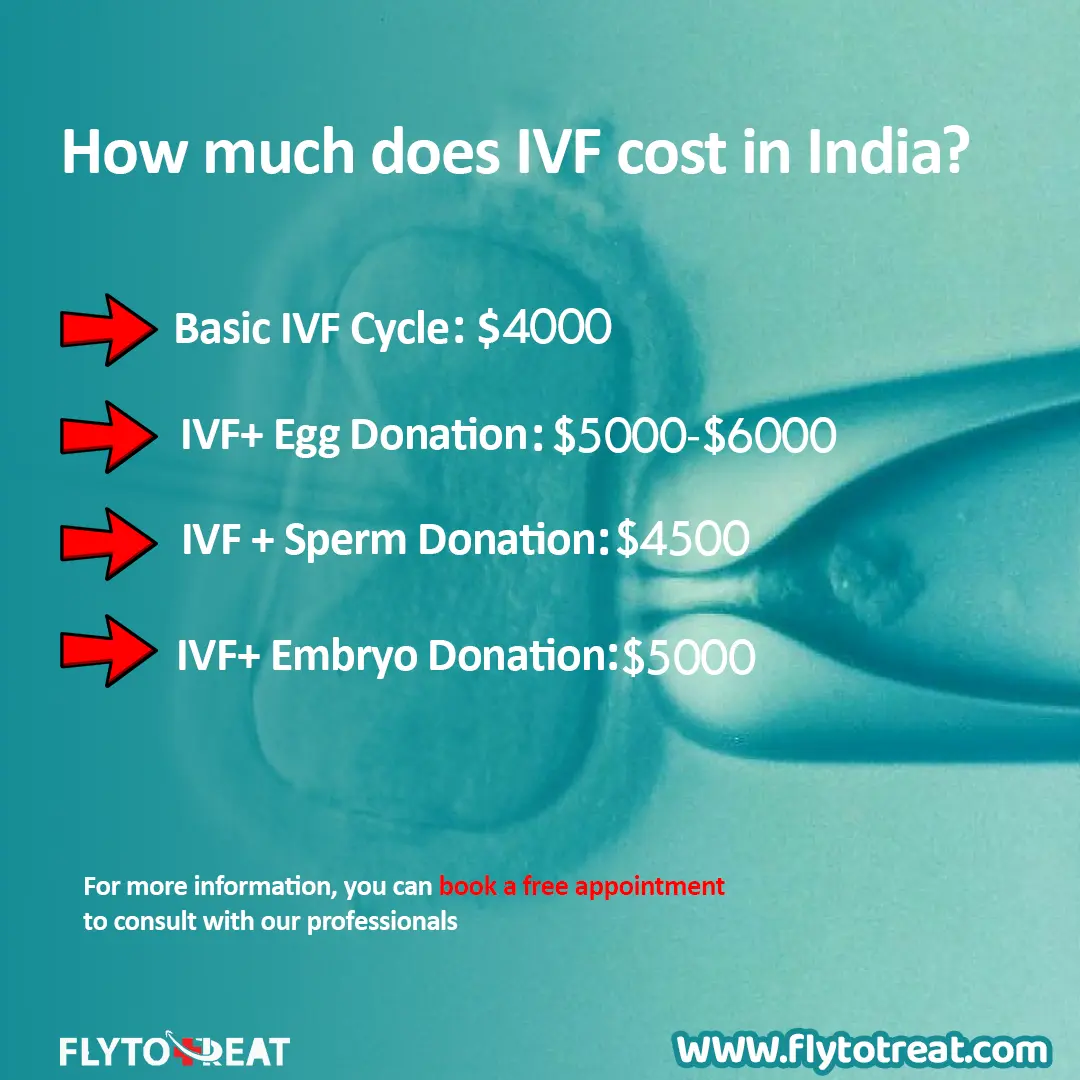How Much Does IVF Cost in California? Your Complete Guide to Prices, Options, and Planning
Starting a family is a dream for many, but when natural conception isn’t an option, in vitro fertilization (IVF) often becomes the go-to solution. If you’re in California—or considering traveling here for treatment—you’re probably wondering: How much does IVF really cost? The Golden State is known for its cutting-edge fertility clinics, but those advancements come with a price tag that can feel overwhelming. Don’t worry—I’ve got you covered with a deep dive into everything you need to know about IVF costs in California, from base prices to hidden fees, insurance updates, and even some money-saving hacks you won’t find everywhere.
IVF isn’t a one-size-fits-all process, and neither is its cost. Whether you’re a hopeful parent-to-be, a same-sex couple, or someone exploring fertility preservation, this guide will break it all down in a way that’s easy to digest. Let’s walk through the numbers, the options, and the real-life factors that can make or break your budget.
What’s the Average Cost of IVF in California?
IVF costs in California typically range from $15,000 to $40,000 per cycle. That’s a big window, right? The reason is simple: every journey is unique. A basic cycle might hover around $20,000, but add-ons like genetic testing, donor eggs, or multiple rounds can push it higher. Nationally, the average is closer to $21,600 per cycle, according to Carrot Fertility, but California’s higher cost of living and premium clinics often bump that up.
Here’s a quick snapshot of what you’re looking at:
- Basic IVF Cycle: $15,000–$25,000 (includes monitoring, egg retrieval, lab fees, and embryo transfer)
- With Medications: Add $3,000–$5,000
- With Donor Eggs: $35,000–$60,000
- With Genetic Testing (PGT): Add $3,000–$6,000
Why the variation? Location matters—think San Francisco vs. Bakersfield—plus the clinic’s reputation and your specific needs. For example, a clinic in Los Angeles might charge $22,000 for a standard cycle, while one in a smaller city could be closer to $18,000. And here’s the kicker: most people need 2–3 cycles to succeed, so the total could easily climb to $50,000 or more.
Breaking Down the IVF Process and Its Costs
IVF isn’t just one bill—it’s a series of steps, each with its own price. Understanding these can help you plan better and avoid surprises. Let’s break it into bite-sized pieces.
Initial Consultation and Testing
Before you even start, you’ll need a fertility checkup. This usually costs $250–$500 and includes blood tests, ultrasounds, and maybe a semen analysis. Some clinics bundle this into their package, but others don’t, so ask upfront. If you’ve got insurance, this part might be covered—check with your provider!
Ovarian Stimulation and Medications
This is where your ovaries get a boost to produce multiple eggs. The meds—think injections like Follistim or Gonal-F—run $1,000–$4,000 per cycle. Younger women might need less, while older patients or those with low ovarian reserve could spend more. Fun fact: oral meds like Clomid are cheaper ($20–$100), but they’re less common in IVF.
Egg Retrieval and Fertilization
Once your eggs are ready, a doctor retrieves them in a quick procedure. This step, plus lab work to fertilize the eggs with sperm, is usually $6,000–$10,000. Anesthesia’s included, but if you need intracytoplasmic sperm injection (ICSI) for low sperm quality, tack on $1,000–$2,500.
Embryo Transfer
The final step—placing the embryo in your uterus—costs about $3,000–$5,000. It’s often part of the base fee, but if you’re using frozen embryos later, expect an extra $3,500–$6,000 per transfer.
Here’s a handy table to visualize it:
| Step | Cost Range | What’s Included |
|---|---|---|
| Consultation/Testing | $250–$500 | Blood work, ultrasounds, semen analysis |
| Medications | $1,000–$4,000 | Hormones to stimulate egg growth |
| Egg Retrieval | $6,000–$10,000 | Procedure + lab fertilization |
| Embryo Transfer | $3,000–$5,000 | Placing embryo in uterus |
Why Does IVF Cost More in California?
California’s IVF prices often outpace the national average, and there are a few reasons why. First, the state’s a hub for top-tier fertility specialists—think Stanford, UCLA, or boutique clinics in LA. That expertise comes at a premium. Second, the cost of living here drives up overhead for clinics, from rent to staff salaries. Finally, California’s progressive laws, like the new Senate Bill 729 (signed in 2024), push clinics to offer cutting-edge services, which can inflate prices.
But it’s not all bad news. That same law, effective July 2025, mandates large group health plans (100+ employees) to cover IVF, including up to three egg retrievals and unlimited transfers. This could save you thousands if you’re insured—more on that later!
Hidden Costs You Might Not Expect
The base price is just the start. Here are some extras that can sneak up on you:
- Cryopreservation: Freezing extra embryos? That’s $500–$1,000 upfront, plus $300–$600 per year for storage.
- Preimplantation Genetic Testing (PGT): Want to screen for genetic issues? Add $3,000–$6,000.
- Donor Sperm: $1,000–$1,500 per vial.
- Travel: If you’re coming from out of state, factor in flights, hotels, and meals—easily $1,000+ per trip.
I spoke to a friend who did IVF in San Diego. She budgeted $20,000 but ended up spending $28,000 after PGT and a second transfer. “The little things add up,” she said. “You don’t realize until the bill hits.”

Interactive Quiz: What’s Your IVF Budget?
Let’s make this fun! Answer these quick questions to estimate your potential costs:
- How old are you?
- Under 35 (lower med doses, likely $3,000)
- 35–40 (average doses, $4,000)
- Over 40 (higher doses, $5,000+)
- Will you use donor eggs or sperm?
- No (base cost)
- Yes (add $1,000–$60,000)
- Do you want genetic testing?
- No (base cost)
- Yes (add $3,000–$6,000)
- How many cycles do you expect?
- 1 ($20,000 avg.)
- 2 ($40,000 avg.)
- 3+ ($60,000+ avg.)
Tally it up! A 32-year-old with no donor materials, no PGT, and one cycle might land around $20,000. A 41-year-old using donor eggs and PGT over two cycles? Closer to $80,000. Your number will vary, but this gives you a ballpark.
Insurance and IVF: What’s Changing in 2025?
Big news for Californians: Senate Bill 729, signed by Governor Gavin Newsom in September 2024, is shaking things up. Starting July 2025, large group health plans must cover infertility treatments, including IVF. This applies to about 9 million people, though it skips Medi-Cal and religious employers. For state workers under CalPERS, the change kicks in July 2027.
What does this mean for you? If your employer offers a qualifying plan, your out-of-pocket costs could drop dramatically. A $20,000 cycle might shrink to a few thousand in copays or deductibles. But here’s the catch: small businesses (under 100 employees) only have to offer coverage, not mandate it, so check with HR.
If you’re uninsured, don’t panic. Some clinics, like Pacific Fertility Center, offer income-based discounts—up to 50% off for qualifying patients. Call around and ask; it could save you thousands.
Three IVF Options and Their Price Tags
Not all IVF is the same. Depending on your situation, you might choose a lighter—or heavier—approach. Here’s how they stack up.
Traditional IVF
- Cost: $15,000–$25,000 per cycle
- What It Is: The full deal—high-dose meds, multiple eggs, and a fresh transfer.
- Best For: Older women or those with severe infertility.
- Pros: Higher success rates (up to 40% for under-35s, per the CDC).
- Cons: Expensive and intense on your body.
Mini IVF
- Cost: $3,000–$7,000 per cycle
- What It Is: Lower meds, fewer eggs, less invasive.
- Best For: Younger women or those with male-factor infertility.
- Pros: Cheaper and gentler.
- Cons: Lower egg yield, so success rates dip (around 20–30%).
Natural IVF
- Cost: $3,000–$6,000 per cycle
- What It Is: No meds, just your natural cycle.
- Best For: Women with good ovarian health who want to avoid hormones.
- Pros: Super affordable and low-risk.
- Cons: Only one egg, so success is trickier (10–20%).
Which fits you? A 28-year-old with PCOS might ace Mini IVF, while a 42-year-old might need Traditional to maximize chances.

How to Save Money on IVF in California
IVF’s pricey, but you’re not powerless. Here are practical ways to cut costs:
✔️ Shop Around: Prices vary by clinic. A place in Encino might charge $14,000, while San Francisco hits $25,000. Get quotes from 3–5 spots.
✔️ Ask About Packages: Multi-cycle deals (e.g., $30,000 for 2 rounds) can beat paying per cycle.
✔️ Look for Grants: Groups like Baby Quest offer up to $15,000 for IVF—apply early!
✔️ Finance It: Loans from Future Family or ARC Fertility start at $150/month.
❌ Don’t Skip Consults: Cutting corners on testing can lead to failed cycles, costing more long-term.
One couple I read about saved $5,000 by driving to a clinic two hours away. Another used a refund program—if no baby after three cycles, they got 70% back. Smart moves like these add up.
The Emotional Cost: What No One Talks About
Money’s one thing, but IVF’s emotional toll is another. Studies from Stanford (2024) show women who don’t conceive after IVF are 48% more likely to need mental health meds five years later. That’s huge. The ups and downs—hope, waiting, maybe disappointment—hit hard.
My cousin went through it in Sacramento. “The $20,000 hurt,” she said, “but the waiting was worse. Every negative test felt like a punch.” She budgeted for therapy ($100/session) alongside IVF, which kept her grounded. If you’re in this boat, factor in self-care—it’s not just about the bank account.
IVF Success Rates and Cost Efficiency
Does spending more mean better odds? Not always. The CDC says women under 35 have a 40% live birth rate per cycle, dropping to 10% over 40. California’s top clinics—like UCSF—boast slightly higher rates (45% for under-35s), but that premium doesn’t guarantee success.
Here’s a fresh take: I crunched some numbers based on 2023 clinic data. If a $20,000 cycle has a 40% success rate, you’re paying $50,000 per baby (assuming one cycle works). A $6,000 Natural IVF with a 15% chance? $40,000 per baby over multiple tries. Cheaper upfront doesn’t always mean cheaper overall—think long-term.
Donor Eggs and Surrogacy: The Next Level
If your eggs or uterus can’t do the job, donor eggs or surrogacy might be your path. These ramp up costs big time:
- Donor Eggs: $35,000–$60,000. Fresh eggs cost more than frozen, and donor fees vary wildly.
- Surrogacy: $50,000–$150,000. That’s IVF plus surrogate compensation, legal fees, and agency costs.
A same-sex couple I know used donor eggs in LA. Their first cycle was $45,000, but it worked. “Worth every penny,” they said. If this is you, budget high and expect a longer timeline—legal stuff alone can take months.
Poll: What’s Your Biggest IVF Worry?
Let’s hear from you! Pick one:
- A) The cost is too high
- B) I’m scared it won’t work
- C) Insurance won’t cover it
- D) I don’t know where to start
Drop your vote in your head (or share with a friend!). It’s a quick way to see what’s on everyone’s mind.

Three Under-the-Radar Factors Affecting IVF Costs
Most articles skip these, but they’re game-changers:
1. Clinic Success Rates vs. Price
A fancy clinic might charge $25,000 with a 45% success rate, while a smaller one at $15,000 gets 35%. Is that 10% worth $10,000? Dig into clinic stats on the CDC’s ART database—cheaper can still win.
2. Lifestyle Impacts
Smoking, stress, or poor diet can lower success rates, meaning more cycles. A 2023 study in Reproductive Biomedicine found women who cut stress (yoga, meditation) boosted success by 15%. That’s $15,000 saved if it works first try!
3. Out-of-State Travel
California’s a hotspot, but nearby states like Nevada offer cycles as low as $12,000. Add $1,000 for travel, and you’re still ahead. X posts from 2025 show folks saving $5,000+ this way—worth a look.

Step-by-Step: Planning Your IVF Budget
Ready to get started? Follow these steps:
- Get a Quote: Call 3 clinics. Ask for a full breakdown—base fee, meds, extras.
- Check Insurance: Call your provider. Ask about SB 729 coverage or diagnostic test benefits.
- Set a Limit: Decide your max spend (e.g., $30,000). Stick to it.
- Explore Financing: Look into loans, grants, or clinic discounts.
- Buffer It: Add 20% for surprises—$20,000 becomes $24,000.
Example: Jane, 36, called a Bay Area clinic ($22,000 base), confirmed partial insurance ($5,000 covered), and got a $10,000 loan. Her out-of-pocket? $7,000. Plan ahead, and it’s doable.
The Future of IVF Costs in California
What’s next? With SB 729 rolling out in 2025, insured folks might see costs drop to $5,000–$10,000 per cycle. Clinics could lower prices to compete, too. On the flip side, demand might spike, pushing wait times up. A 2024 MarketsandMarkets report predicts the global IVF market will hit $1.65 billion by 2029—California’s share will grow, but so will innovation. Think cheaper meds or AI-driven embryo selection.
Final Thoughts: Is IVF Worth It?
IVF’s a big investment—financially, emotionally, physically. In California, you’re looking at $15,000–$40,000 per cycle, maybe more with extras. But for many, it’s the ticket to parenthood. My cousin’s now got a 2-year-old after $25,000 and two rounds. “I’d do it again in a heartbeat,” she says.
Take it step by step. Get quotes, lean on insurance, and don’t be shy about asking for help. You’ve got this—and your future family’s waiting.




